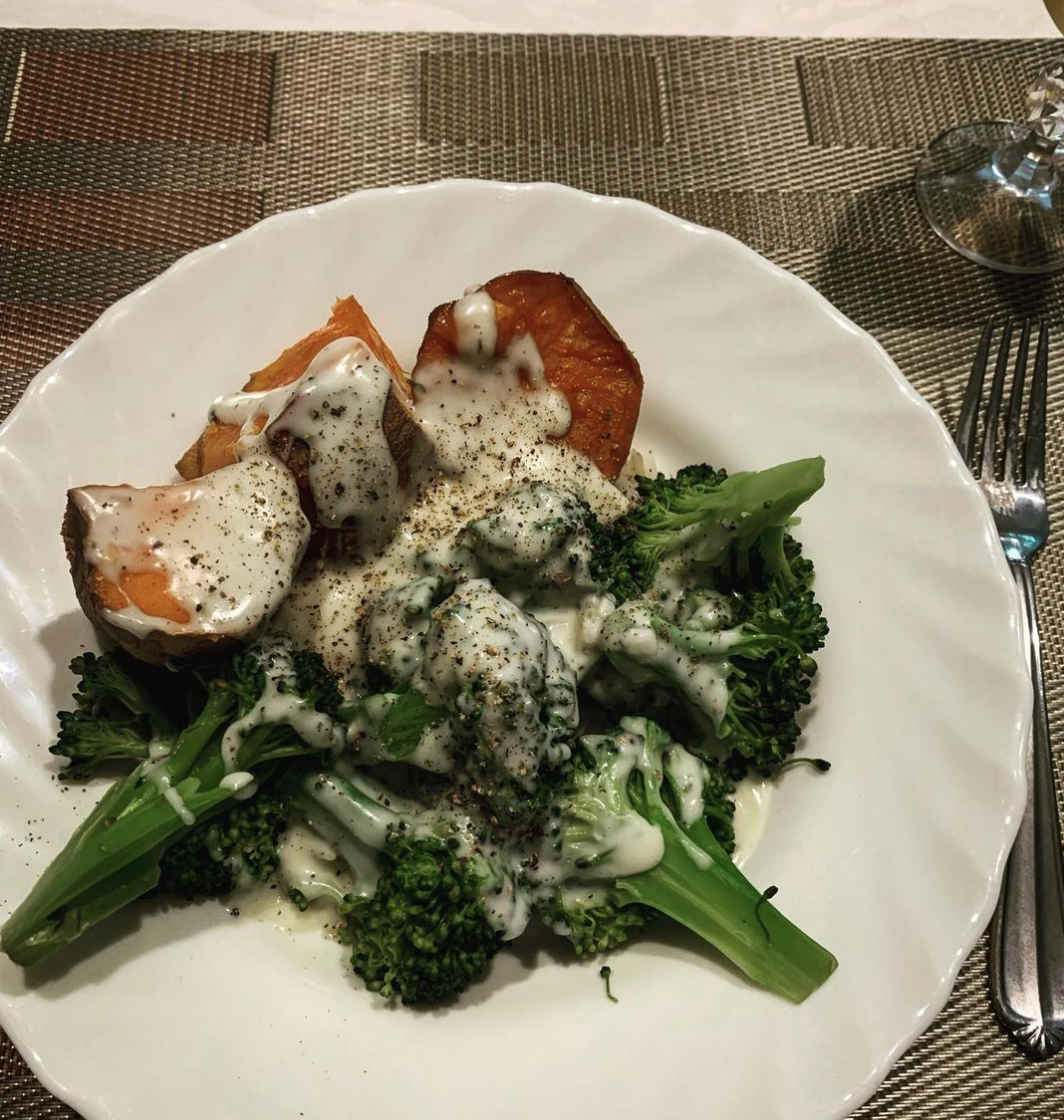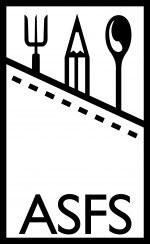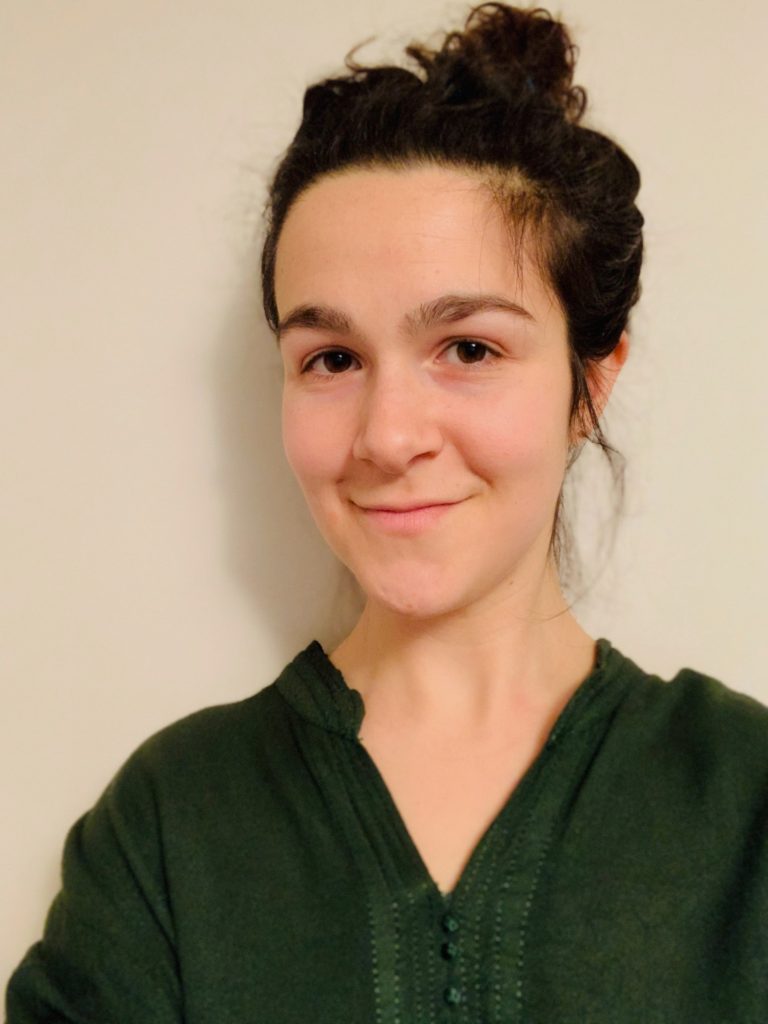Jennifer Shutek is a PhD candidate in Food Studies at New York University Steinhardt. She studies the intersection of foodways with nation-building, migration, and urbanism, with a focus on Palestine and Israel.
When did you first join ASFS? What prompted you to join? How would you say graduate students benefit from joining?
I joined just prior to starting the first year of my Ph.D. in the Department of Nutrition and Food Studies at New York University; I was presenting at the annual joint conference and understood that it is an amazing way to connect with other food scholars and to stay up to date with conversations happening within Food Studies. The ability to keep abreast of the most recent discussions among food scholars, and to see these discussions evolving, is, I think, a great benefit of joining ASFS for graduate students.
Can you tell us about your research, which examines relationships between foodways, migration, nation-building, and urbanisms?
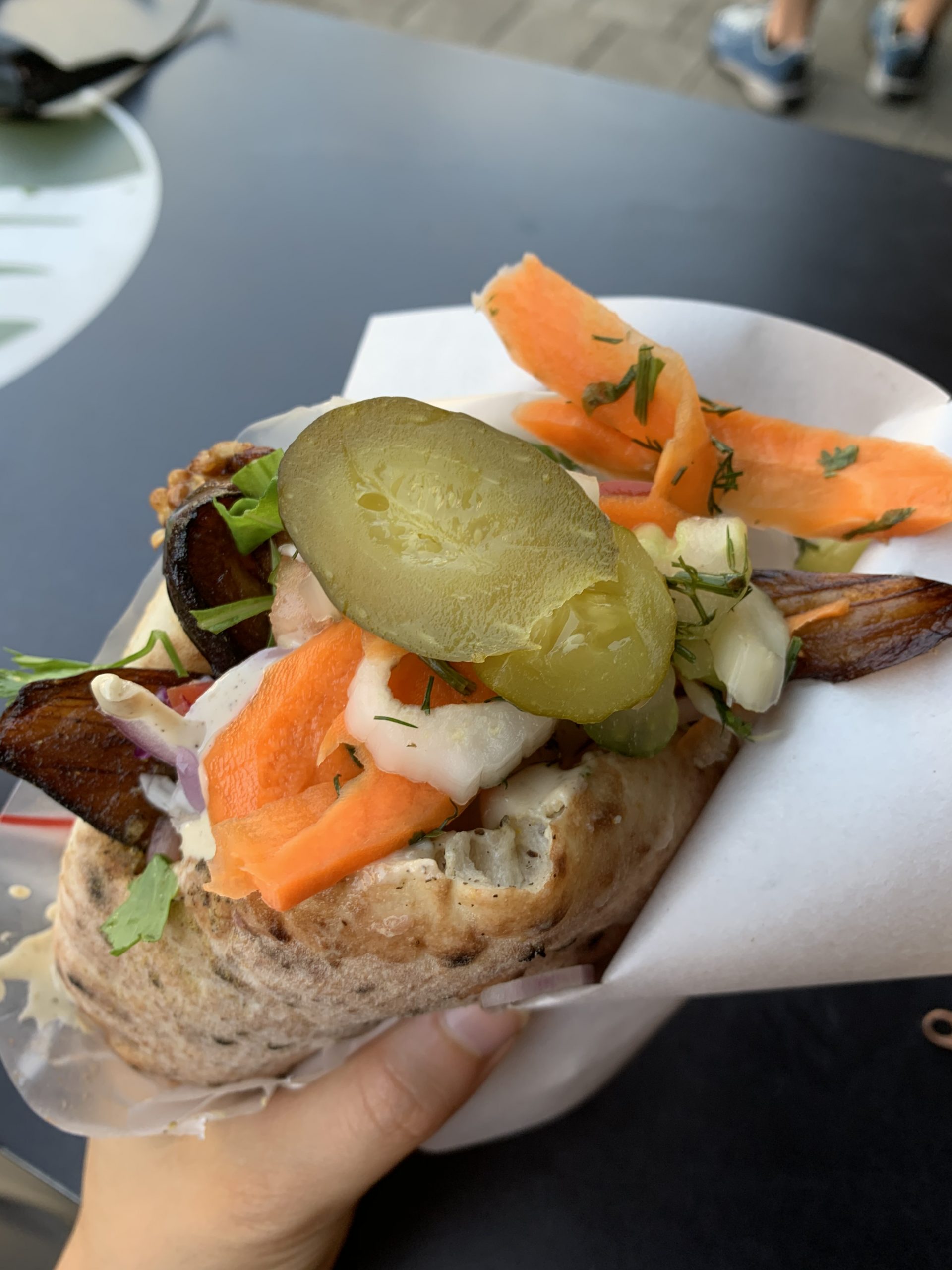
Sure. My dissertation is, in essence, a triptych created by three place-based stories. One follows the history of Iraqi-Jewish migration to Israel and the impacts that Arab-Jewish migration had on Israeli cuisine. A second is a microhistorical case study of Hansen House, a former leprosarium, now home to several buildings, including a farm-to-table café, in Jerusalem. The third looks at radical food geographies in Palestine through a case study of a West-Bank winery. Studies of Palestine/Israel are inextricably intertwined with histories of competitive nation-building, of course, and the ways in which food and agriculture have been mobilized in this particular region are especially salient since the official Israeli nation-state’s narrative of “making the desert bloom” explicitly pulls on agriculture as one justification for the appropriation of Palestinian land. Throughout much of history, and certainly today, though, a lot of focus in Israel is on its major cities like Tel Aviv, Jerusalem, and Haifa, and the construction of urban spaces – the built environment – in fact reflects a great deal about the history, culture, and politics of place. Exploring the ways in which urban planning have developed throughout time, about the ways in which migrant populations gather (or are settled) in certain areas of the city, about architectural styles – all of these things, which can be overlooked as the “backdrop,” in fact have very interesting stories to tell.
Your website lists research interests that include gastrodiplomacy, gastronationalism, and the consumption of food and sensorial bodies. Could you tell us more about these?
During my M.Phil. at the University of Oxford, I wrote my thesis on Palestinian and Israeli cookbooks. I explored narratives of gastrodiplomacy and gastronationalism within these cookbooks. At the time, I was inspired by Michaela DeSoucey’s recent work on gastronationalism and Sam Chapple-Sokol’s writing on gastrodiplomacy (the use of food to facilitate diplomatic initiatives) and was trying to escape writing a purely conflict-reductive narrative of Palestine/Israel. I thought – and still do – that writing about foodways, especially in zones of conflict and occupation, is a way to not lose sight of individuality, community, artistic expression, and celebration.
I am particularly interested in food and the senses for a few reasons. Attentiveness to the sensorial is a constant caution against moving too far from the materiality of what we research. Food can be theoretical, mediatized, and abstract, but it is also something we smell, touch, eat, and ingest on a daily basis, and attention to the various ways in which we experience food (as a necessity, a source of pleasure, and sometimes a source of aversion) reflects how culturally contingent our experiences of food often are. Paying attention to the sensory also requires more mindfulness – you really have to be in a place fully to notice its smells, textures, colours, building materials, etc.
You are somewhat of a polyglot – with proficiencies in English, French, Modern Standard Arabic, Colloquial Arabic, and Russian! How does someone gain experience in these varied branches of the linguistic tree, and do your language skills ever come into play in your research or teaching?
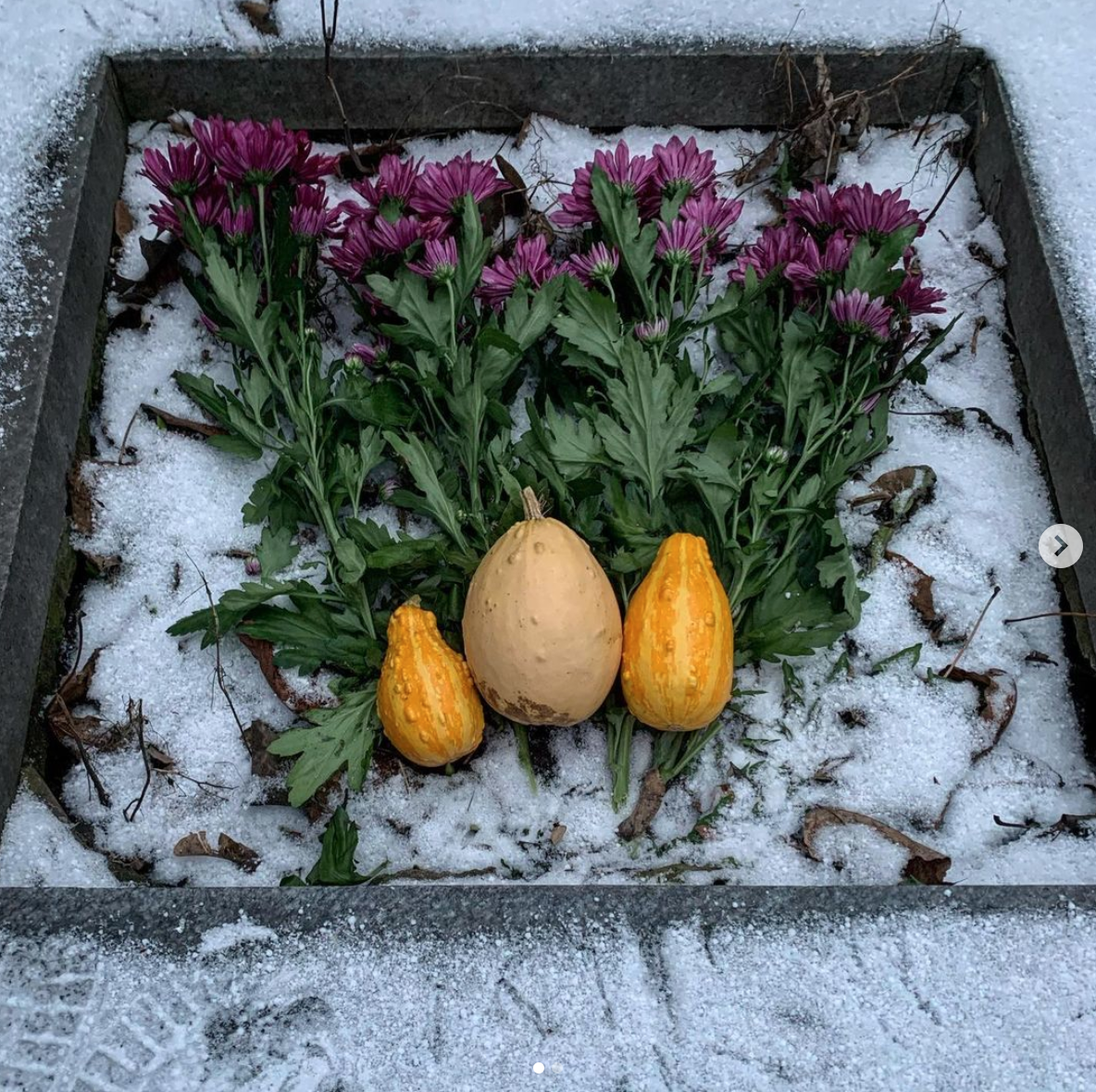
In the Canadian public school system, you have to study French if you attend an English-language school. My mum strongly encouraged me to continue my study of French through university, which I was quite grumpy about at the time, but in hindsight I’m thankful because it has been really useful during travels (especially during time that I spent in France and Morocco). I studied Middle Eastern and Islamic history during my undergraduate degree, and one of my professors suggested that I started learning either Farsi or Arabic, so I decided to start with Arabic. Most Arabic programs really focus on fusHa, or Modern Standard Arabic (the language of media), but you need to know colloquial Arabic if you want to talk to people. The dialects of Arabic are so diverse and unique, so, while I am familiar with dialects spoken in Palestine, Jordan, Lebanon, and Syria, I would struggle, for example, with the Arabic spoken in Morocco.
My knowledge of Russian and Hebrew is quite basic; I learned some Hebrew during my M.Phil. and picked up basic vocabulary and phrases while in Israel, and started learning the Cyrillic alphabet and learning some Russian before visiting Moscow.
Arabic and French, in particular, are useful for my research and fieldwork, but more than anything I often think they make me a better teacher. I feel that the unique challenges of studying another language (thinking, communicating, reading, etc.) in your second or third language gives you enormous empathy for students approaching topics that might be brand-new for them (and, often, they are doing so in their second or third languages)!
Speaking of teaching, while at New York University you were invited to participate in designing, evaluating, and ultimately teaching an online course called “Food and the City.” Could you take us through the basics of what the course covers, and your experiences teaching in the online modality?
I have done a lot of teaching at NYU so far, which has been a fantastic experience; I’ve had the chance to work as a teaching assistant, to design my own curriculum, and to collaborate on Food and the City. This course was designed by Fabio Parasecoli, whose work on urban design and “Global Brooklyn” inform my own research. He invited me to provide some feedback as it was being built. As we went along, it was natural for me to take on teaching a section of the course, and I eventually taught four sessions of it over three semesters. The course explores a wide range of topics related to urban foodways throughout the world, from food and social media, to street food cultures, to food (in)security. It is a creative course as it asks students to apply everything we read to their own food-related experiences, one way that the course aims to make an online mode of teaching more alive and immediate.
I’ve taught online quite a bit; all four sessions of Food and the City were delivered asynchronously online, which of course has its challenges. I enjoyed the fact that it allowed all students a platform to participate, especially those who may have otherwise felt uncomfortable speaking up in classes. I also spent many hours a week reading through forum posts and weekly assignments. As an instructor, you develop a very clear sense of each student’s work and growth over the semester.
I also taught Food, Media, and Cultural Capital online. It is a summer intensive course that is, originally, a field-trip based course, which posed significant obstacles! I loved the course – I spent six hours a week doing a hybrid lecture and seminar class, and at the end of the semester, students produced absolutely brilliant and creative projects about food and media which they analyzed using Bourdieu’s theory of cultural capital. Teaching online required more empathetic work to create a sense of community and sharing, but it also provided a lot of connectivity during a time in the pandemic when people often felt quite isolated, I think.
While studying for your Bachelor of Arts at Simon Fraser University, you won the SFU Prize in Africa Middle-Eastern Asian History for a paper titled “Romanticizing Land: Agriculturally Imagined Communities in Palestine-Israel” – which has been published in Illumine: Journal of the Centre for Studies in Religion and Society Graduate Students Association. What is the paper about? And for graduate students thinking about turning a class paper into a publication, what steps did you need to take?
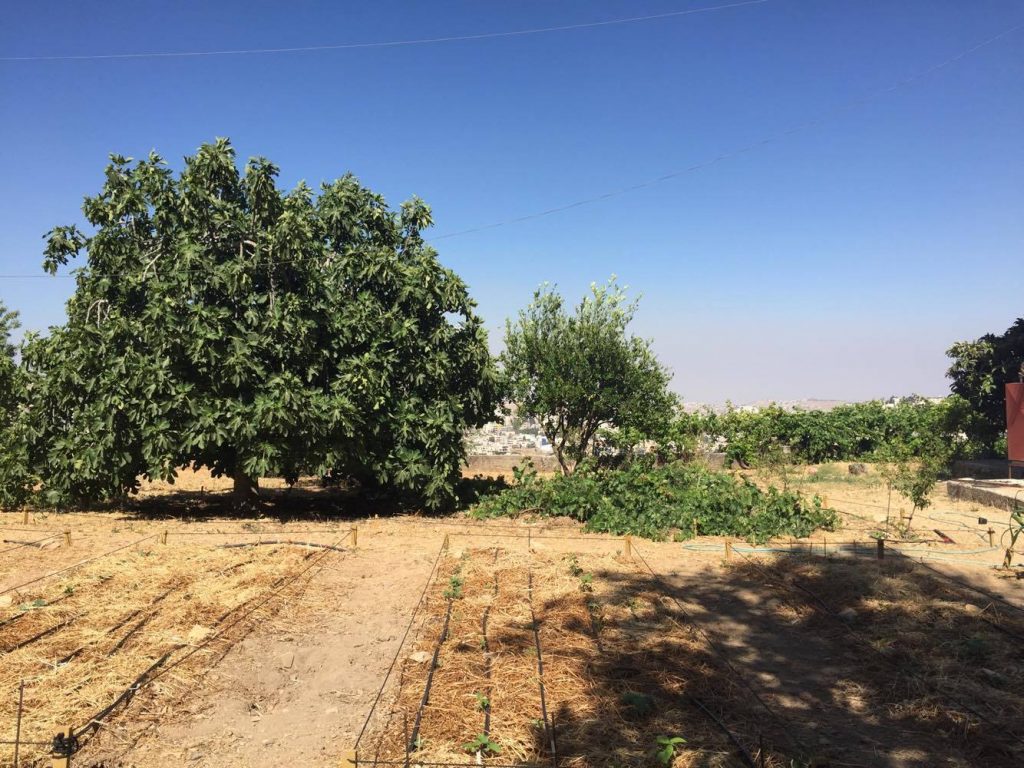
The paper is about the language of agricultural images in Palestine/Israel and the way in which Palestinian and Israeli political organizations, artists, and communities alike draw on a shared agricultural lexicon when talking about national and communal identity. I focused on several films coming out of the region, as well as about a hundred years of propaganda posters produced by organizations like the Jewish National Fund and the Popular Front for the Liberation of Palestine.
The paper was accepted for a conference that publishes participants’ papers. I think it is a great way to get into publishing as you have the opportunity to have a great sounding board for your ideas, to discuss them with a diverse group of scholars, and to have your paper workshopped after the conference prior to publication.
You also research the intersection of food and gender alongside queer foodways. This is a subset of food studies that more graduate students are interested in and researching; do you have “go-to” texts for someone interested in this area?
Yes, this is one of my favourite topics! I’ve become increasingly interested in this area of research from outside of academia (with interests in queer food organizations, food in queer literature, and food in queer cinema/television). Some of the queer theory from which I draw comes from outside of food studies; I love Drew Daniel’s “All Sound Is Queer,” and I cannot recommend Bonnie Ruberg’s The Queer Games Avante-Garde: How LGBTQ Game Makers Are Reimagining the Medium of Video Games enough. Within food studies, I would recommend Kim Q. Hall’s “Toward a Crip Queer Feminist Politics of Food.”
Do you have a comfort food?
That is a very hard question for me – so many foods, as well as so many rituals, aromas, and associations surrounding food, are sources of comfort. My comfort foods vary, but one of my enduring favourites is simple: roasted sweet potato. Sometimes I have it with goat cheese, sometimes with almond butter and hot sauce, sometimes just plain. I think the smell of roasting sweet potato is as comforting as the flavour and texture – my grandmother roasted them a lot when I was younger, so I associate their smell with her house on Sunday evenings.
